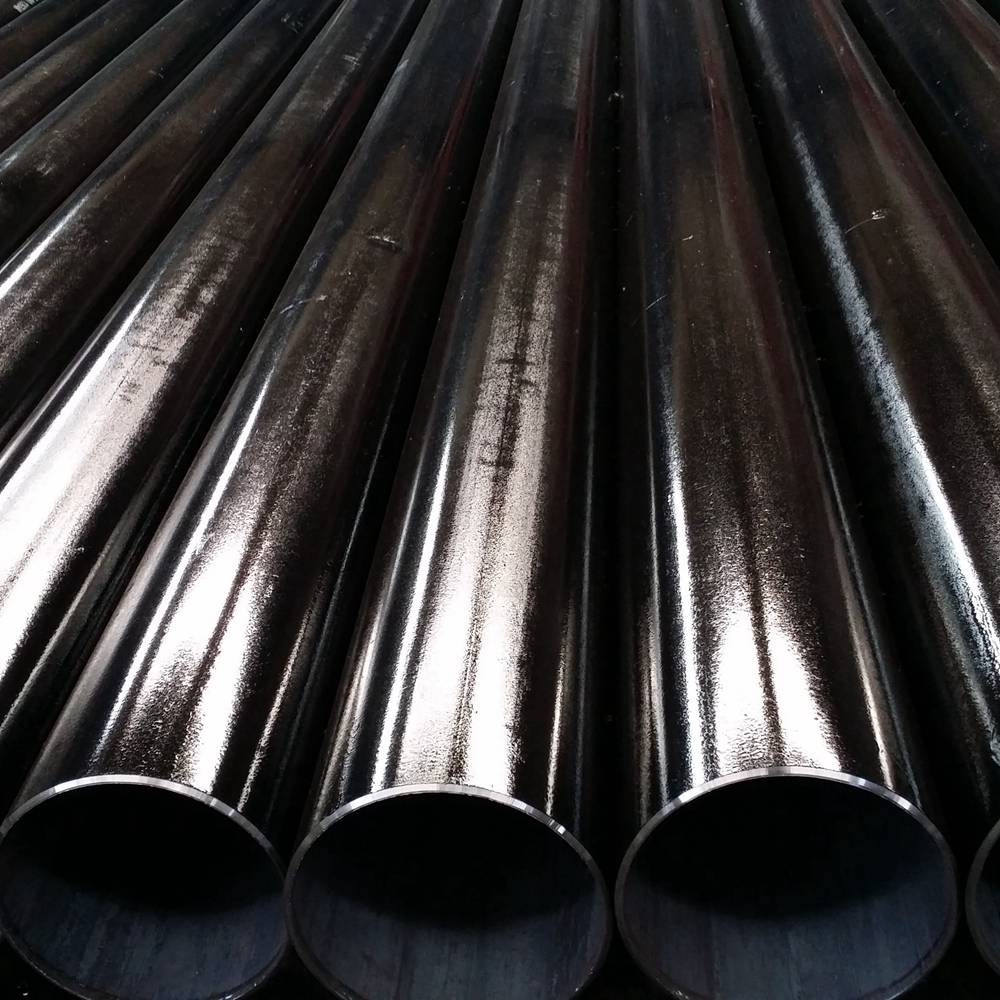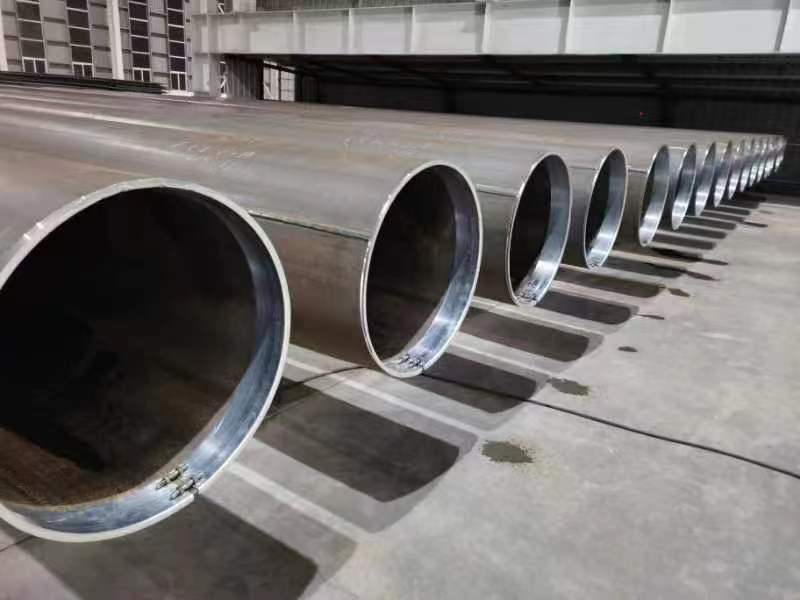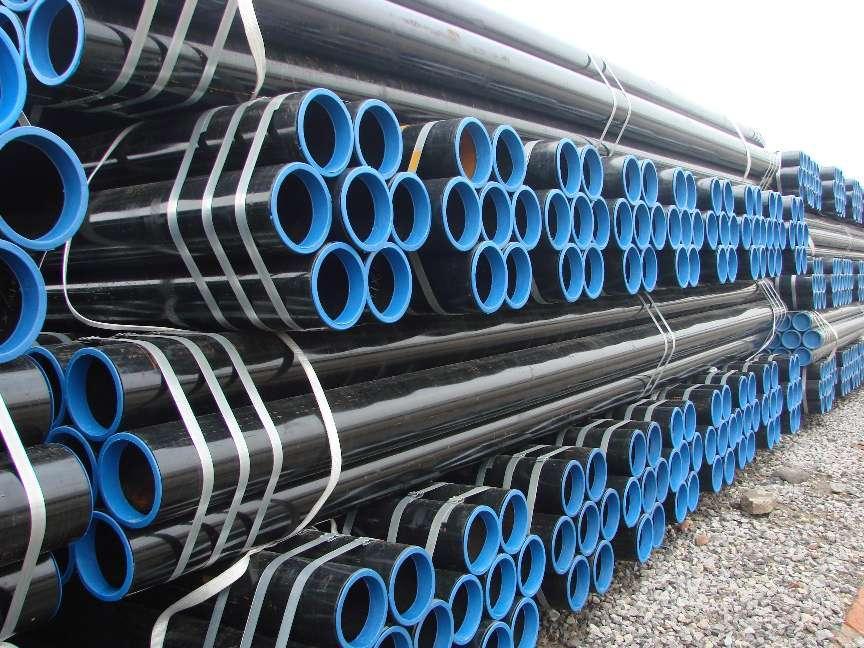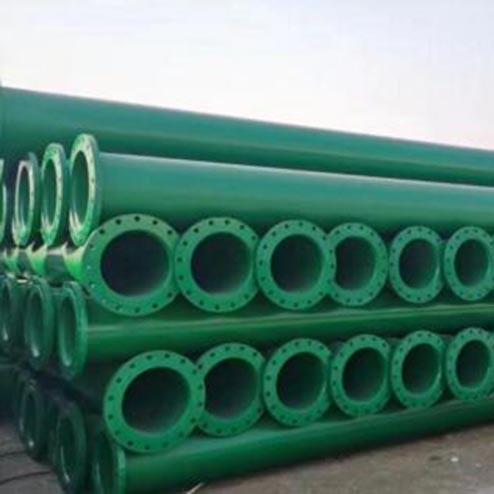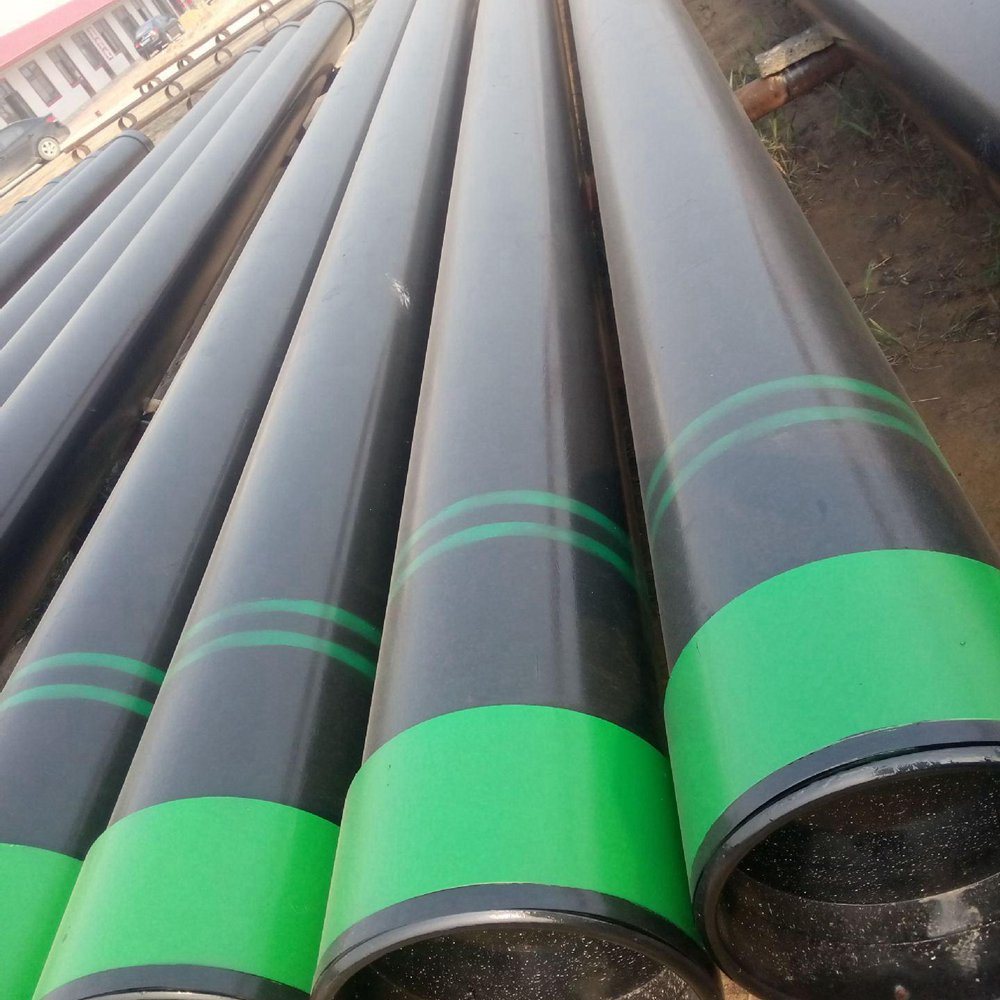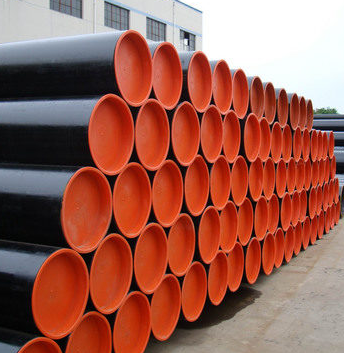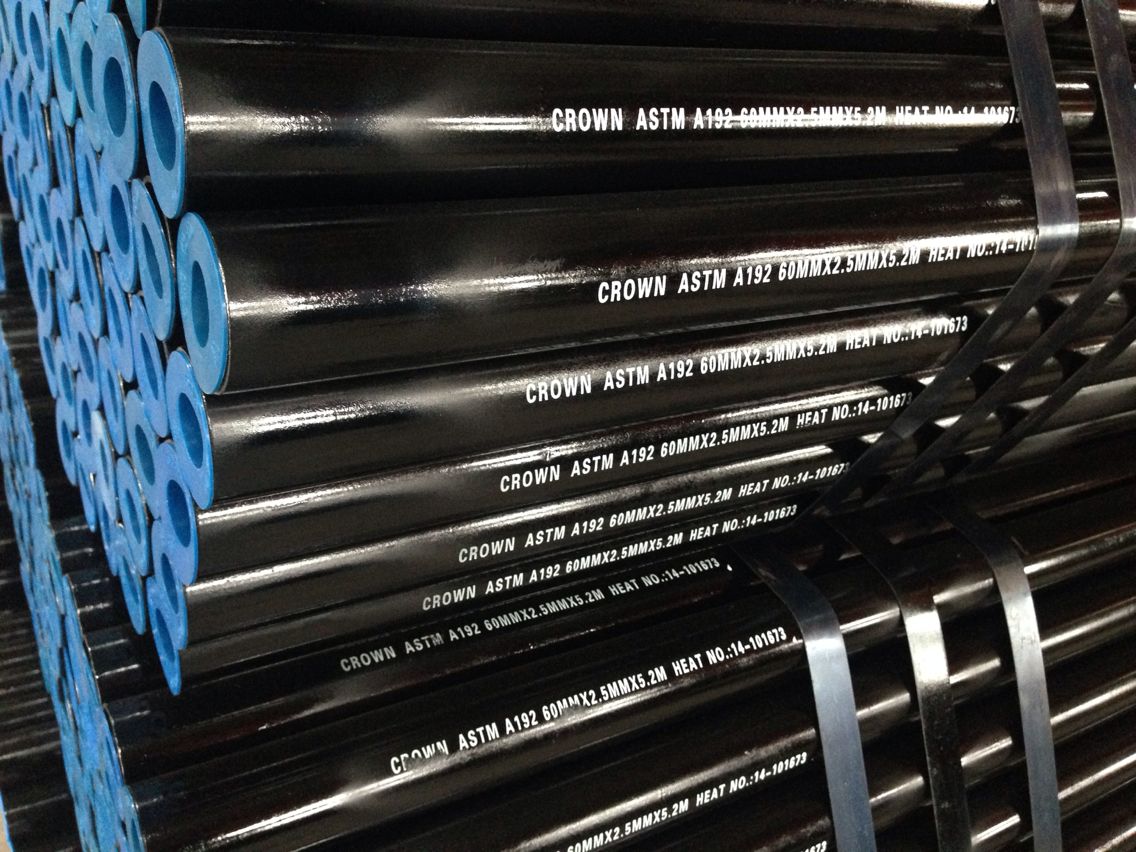Tag/en10219
-
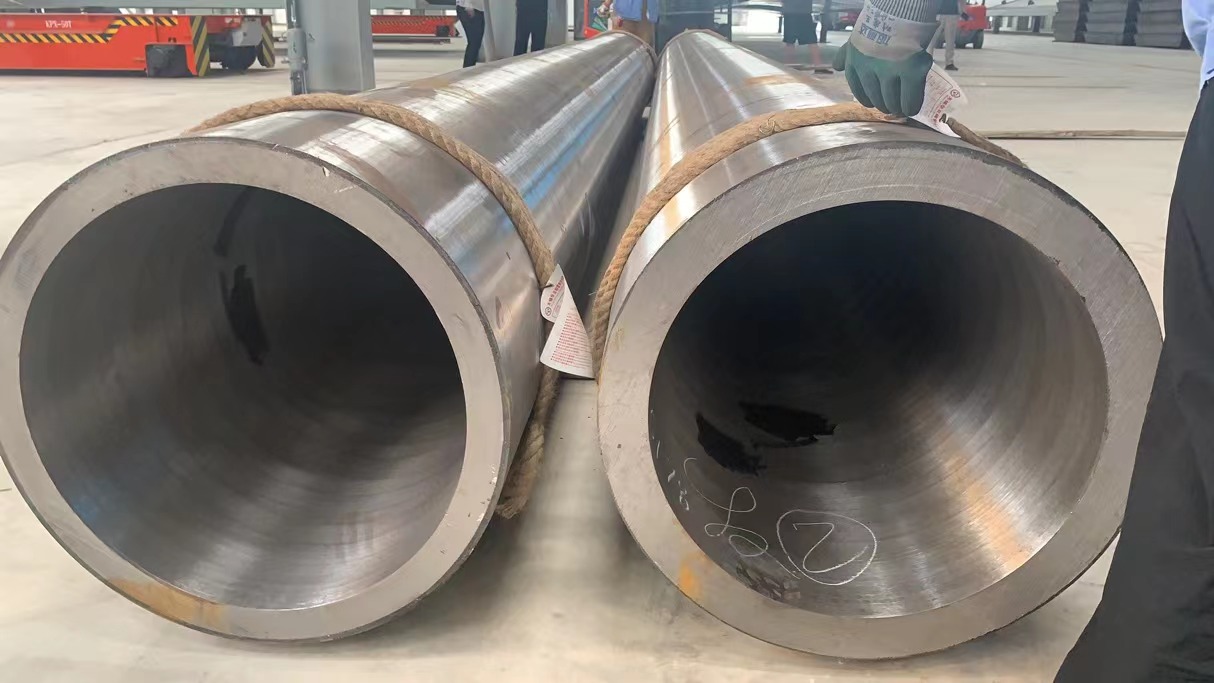 Mechanical Tube
Mechanical Tube -
TUBE FOR CONVEYANCE OF FLUID
-
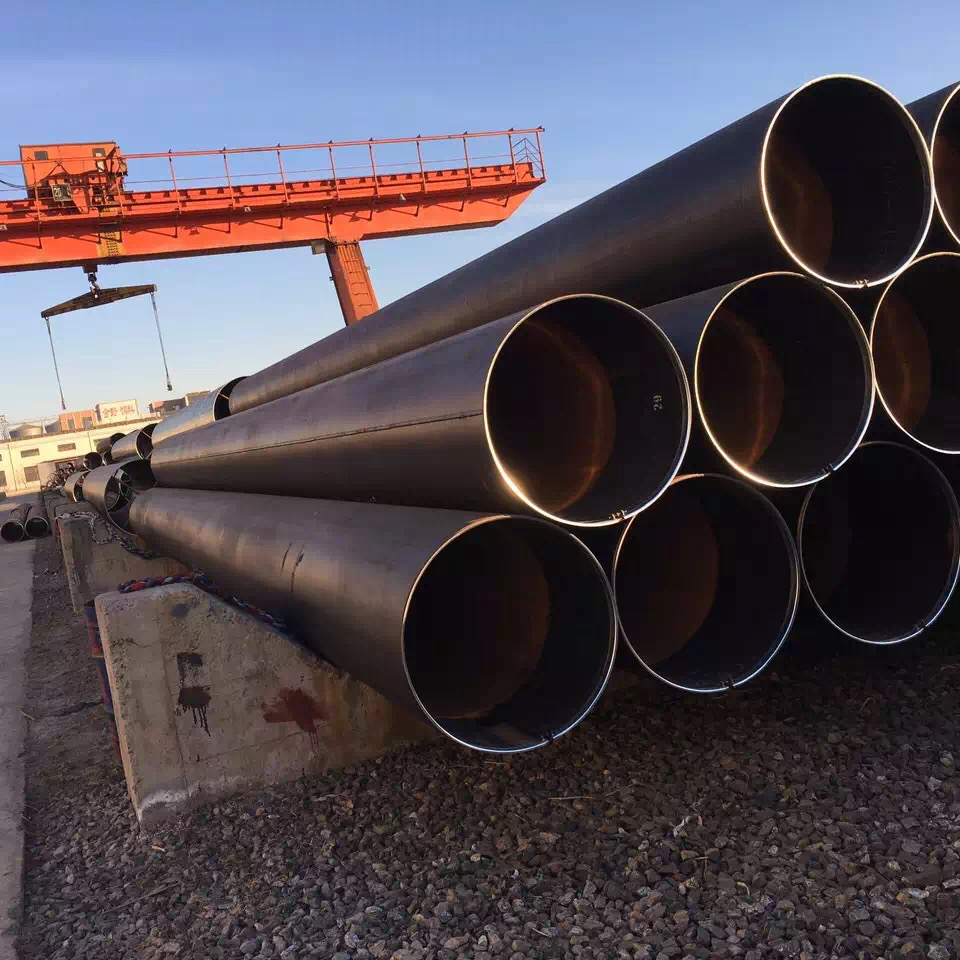 Submerged arc welded steel pipe
Submerged arc welded steel pipe -
 3LPE Coated Steel Pipe used in pipeline transportation
3LPE Coated Steel Pipe used in pipeline transportation -
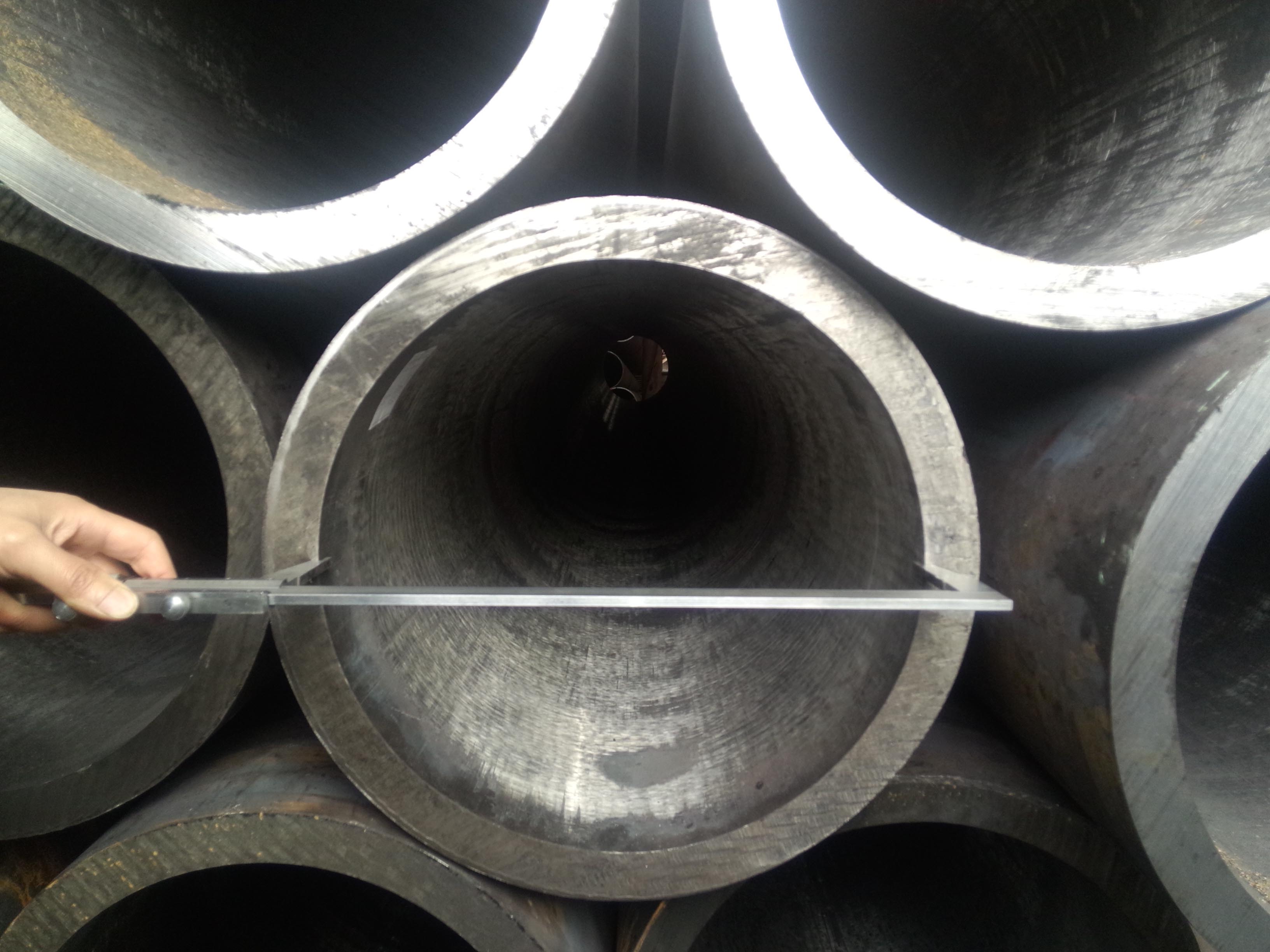 TUBE FOR PRESSURE PURPOSES
TUBE FOR PRESSURE PURPOSES -
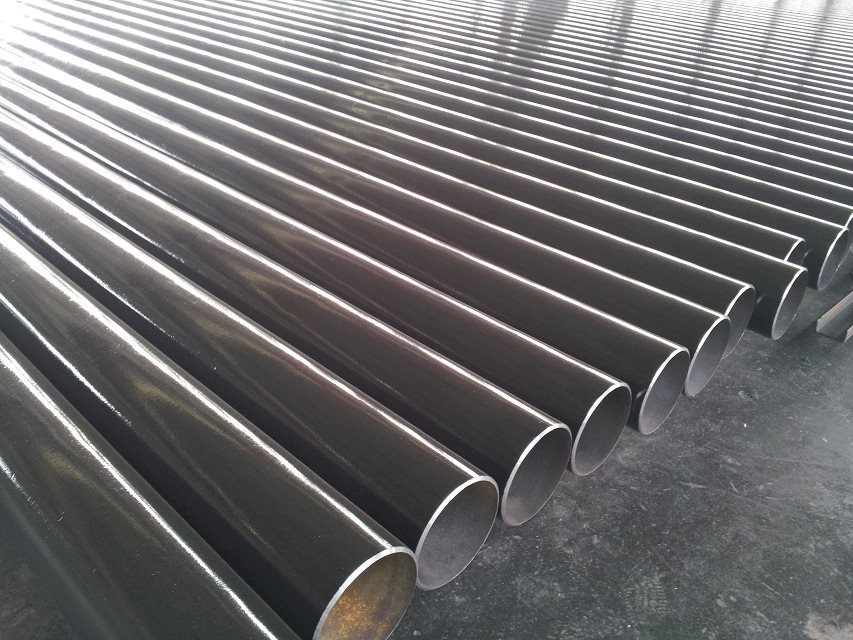 Structural Steel Pipe
Structural Steel Pipe -
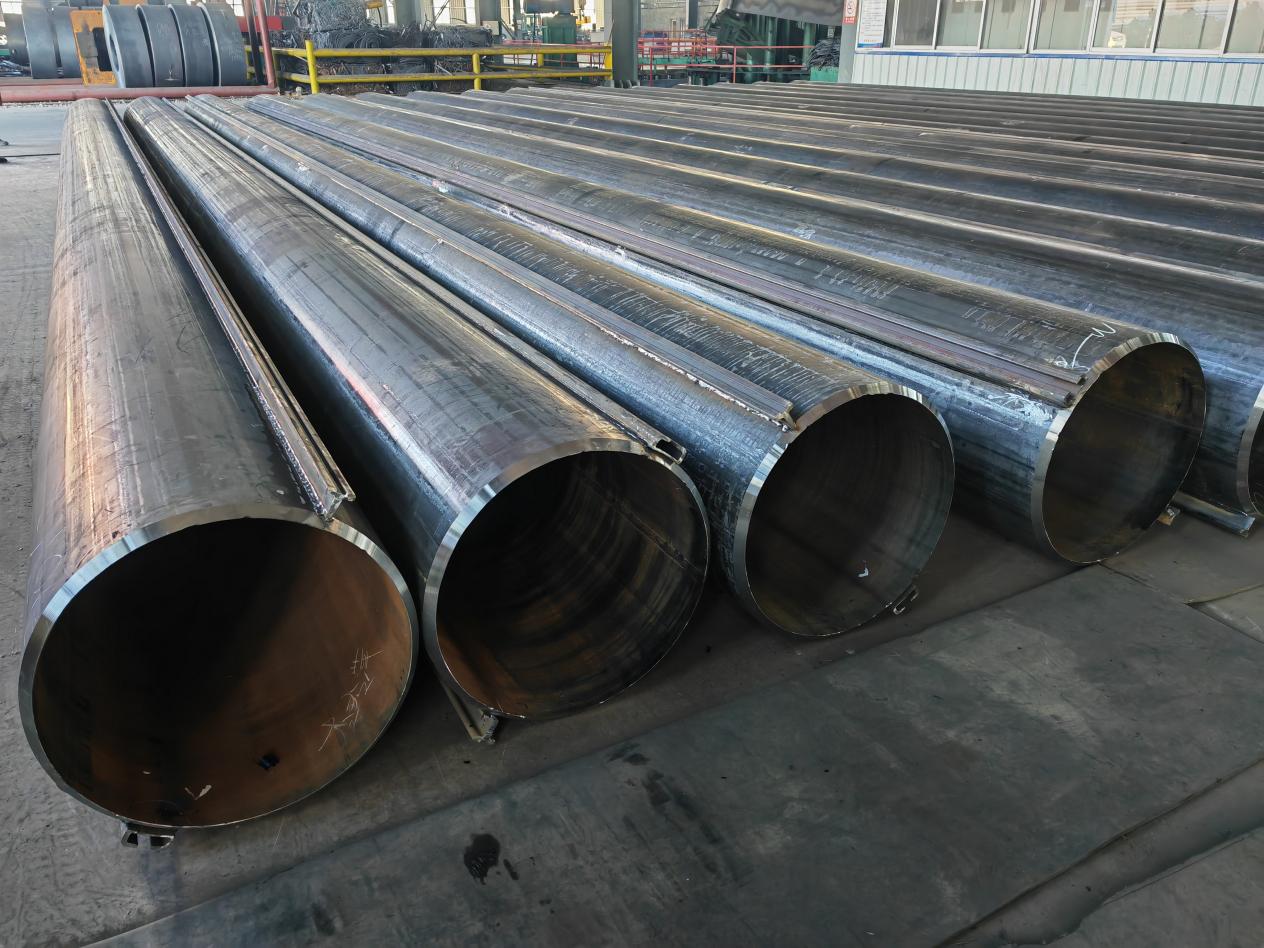 ASTM A252 Piling Pipe application in buildings and retaining walls
ASTM A252 Piling Pipe application in buildings and retaining walls -
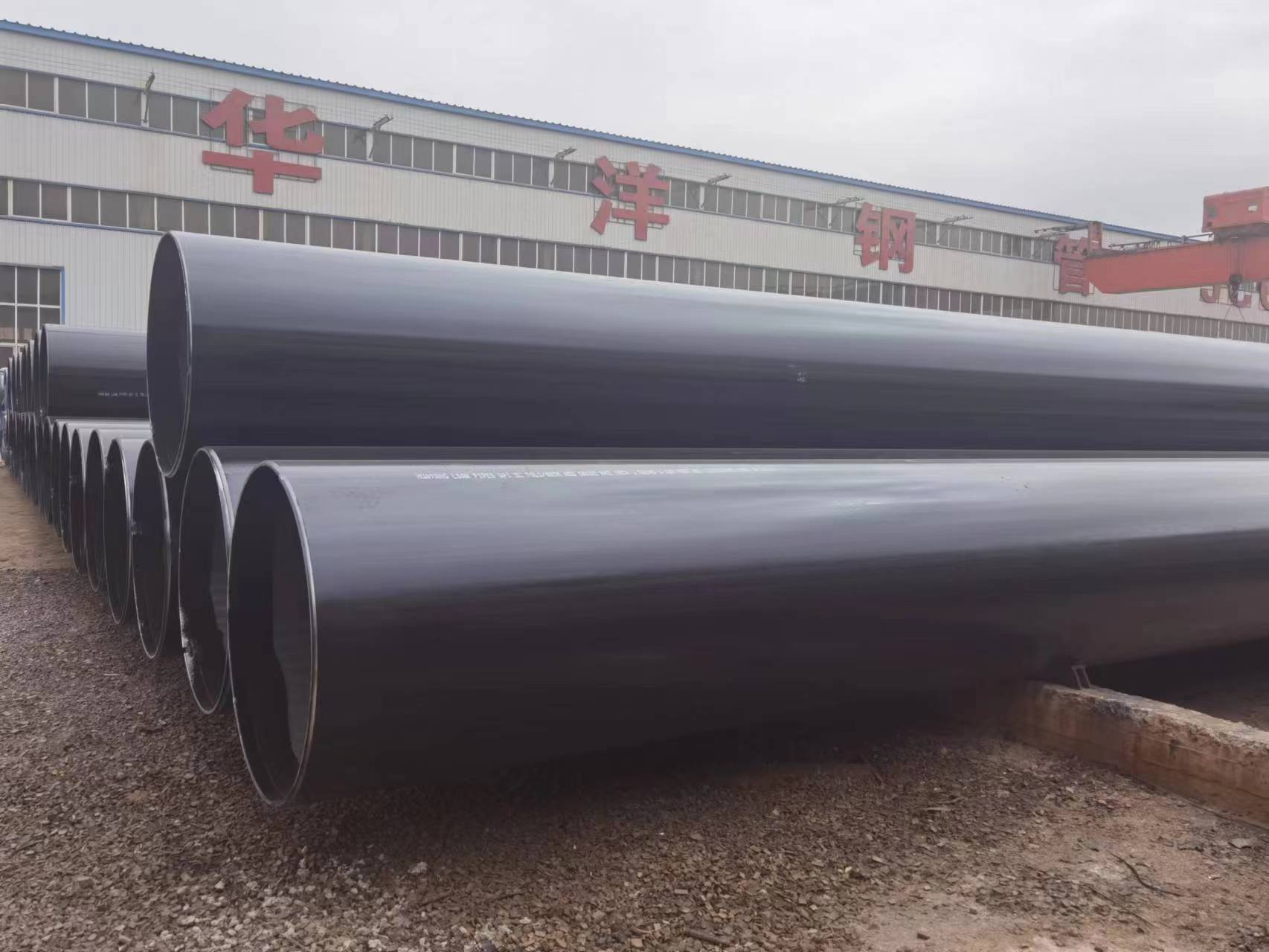 EFW Steel Pipe
EFW Steel Pipe -
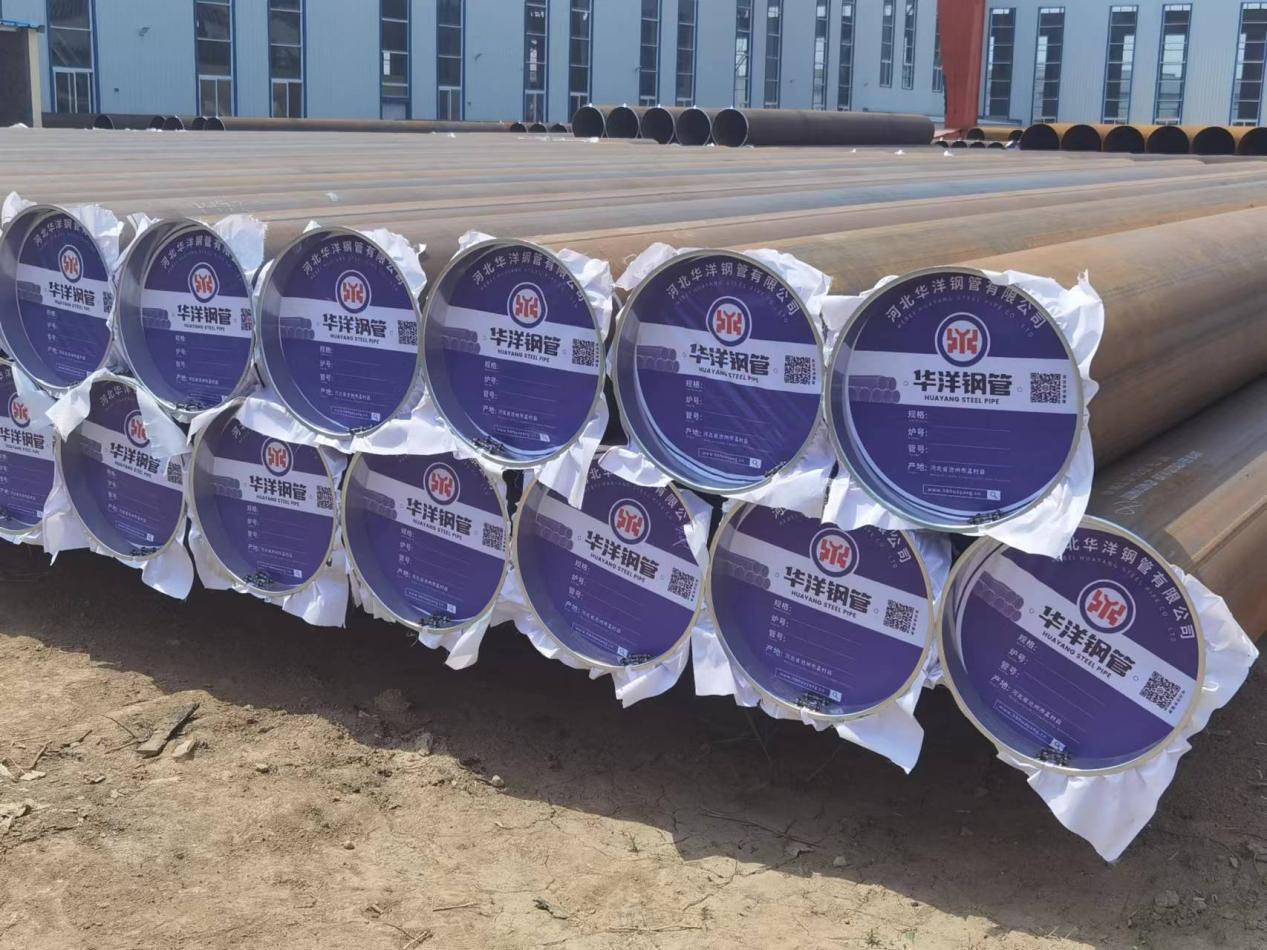 API 5L Pipe Line, Oil & Gas LinePipe, LSAW Steel Pipe
API 5L Pipe Line, Oil & Gas LinePipe, LSAW Steel Pipe -
 API 5L Black Oil / Gas Line Pipe
API 5L Black Oil / Gas Line Pipe
Produtct Title
en10219Related News
-
2024-06-12EN10219 specifies steel pipes for non-pressure purposes.Understanding EN 10219 The Standard for Steel Tubular ProductsEN 10219 is a European standard that
-
2024-06-12Chinese exporter specializes in EN10219 steel pipe sales globally.China's Position as a Leading Exporter of EN10219 Steel PipesChina, the world's second-largest eco
-
2024-06-12Specializing in exporting premium EN10219 steel, ensuring top-notch quality.High-Quality EN10219 Steel Tubing A Premier Exporter's PerspectiveIn the global market for structu
-
2024-07-30Wholesale EN10219 products for purchase at competitive prices and bulk quantities.Wholesale EN10219 Meeting the Growing Demand for Quality Steel ProductsIn today's fast-paced and c
-
2024-11-22Ferritic Stainless Steel: Production and BenefitsFerritic stainless steels contain of a high chromium content with low carbon content and in most cases very little nickel content. These grades of stainless steel have a microstructure, that is very similar to both carbon and low alloy steels which makes ferritic stainless steel magnetic. This is a major difference from the non-magnetic austenitic stainless steels.
-
2024-07-18Top manufacturers of fluid pipes offering a wide range of quality products.Fluid pipe manufacturers play a vital role in the industry, providing high-quality pipes for vari
-
2024-06-245L X52 Steel Pipe Wholesale API Price List Current Market RatesUnderstanding the Wholesale API 5L X52 Steel Pipe Price List A Comprehensive GuideAPI 5L X52 steel
-
2024-07-29Wholesale LSAW Spiral Steel Pipes from Leading Manufacturers for Your Industrial NeedsUnderstanding Wholesale LSAW Spiral Steel Pipe ManufacturingIn today's industrial l
-
2024-11-22How is Steel Pipe Manufactured?-ERW Steel PipeThe first step in the manufacturing process of steel pipes is the selection of raw materials. As you could guess, the primary material used during this process is steel. Steel is an alloy made from iron and carbon, with the carbon content in the steel being a large determinant in the strength and durability of the finished product. It may also contain other materials like nickel, chromium, and molybdenum to improve specific properties of the product.
-
2024-06-15Exporters of erw 20 carbon steel round pipesExploring the Global Reach of ERW 20 Carbon Round Steel Pipe ExportersIn the dynamic world of stee
-
2024-08-01Exploring Properties and Applications of API 5L X70 Steel Pipes in Modern Engineering SolutionsUnderstanding the China API 5L X70 Steel Pipe Specifications and ApplicationsThe Ch
-
2024-07-02Top exporters of high-quality galvanized construction pipes for global markets, ensuring durability and reliability in various applications.High-quality galvanized construction pipe exporters play a crucial role in the construction industry
-
2024-06-15API 5L PSL1 pipe manufacturersAPI 5L PSL1 Manufacturers A Key Pillar in Global Pipeline IndustryThe American Petroleum Institute
-
2024-07-19exporters of galvanized construction pipes - find the best deals nowGalvanized construction pipes are widely used in various construction projects due to their durab
-
2024-07-29Wholesale Supplier of High-Quality Boiler Steel Pipes for International Export MarketsWholesale Boiler Steel Pipe Exporter A Vital Component in Industrial ApplicationsBo
-
2024-06-27China ERW Spiral Welded Steel Pipe Exporters Quality and Reliability in ConstructionChina's Spiral Welded Steel Pipe Exporters A Force in the Global MarketChina has long been recogni
-
2024-06-14Wholesale exporter of ASTM A53A Grade B ERW steel pipes.Exploring the World of ASTM A53A Grade B Wholesale ERW Steel PipesThe realm of construction and in
-
2024-07-26Wholesale Supplier of Pipe Bends for Construction Projects with Quality Assurance and Competitive PricingThe Role of Wholesale Suppliers in the Construction of Pipe BendsIn the modern cons
-
2024-07-31Exporting LSAW Pipes to New Zealand Exploring Opportunities for International Trade in the Construction SectorLSAW Pipe Export to New Zealand Opportunities and ChallengesLSAW (Longitudinal Subm
-
2024-06-12Chinese ERW black welded steel pipesChina's ERW Black Welded Steel Pipes A Comprehensive OverviewChina, as the world's largest steel p
Related Search
- en10219
- high quality en10219
- china en10219
- wholesale en10219
- en10219 exporter
- en10219 factory
- en10219 factories
- en10219 manufacturers
- en10219 supplier
- en10219 manufacturer
- en10219 exporters
- en10219 suppliers
- wholesale en10219 factory
- wholesale en10219 manufacturer
- wholesale en10219 factories
- wholesale en10219 exporters
- wholesale en10219 supplier
- wholesale en10219 manufacturers
- wholesale en10219 suppliers
- wholesale en10219 exporter
- china en10219 factory
- china en10219 manufacturer
- china en10219 factories
- china en10219 exporters
- china en10219 supplier
- china en10219 manufacturers
- china en10219 suppliers
- china en10219 exporter
- high quality en10219 factory
- high quality en10219 manufacturer


